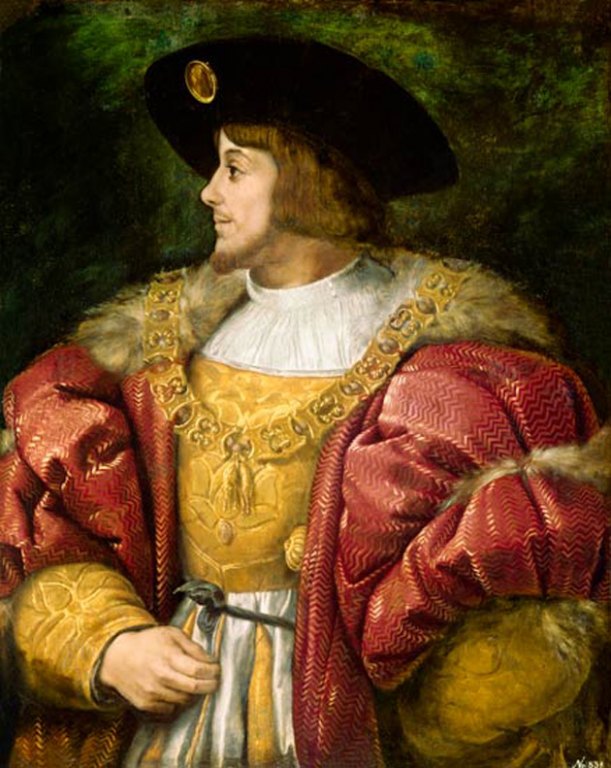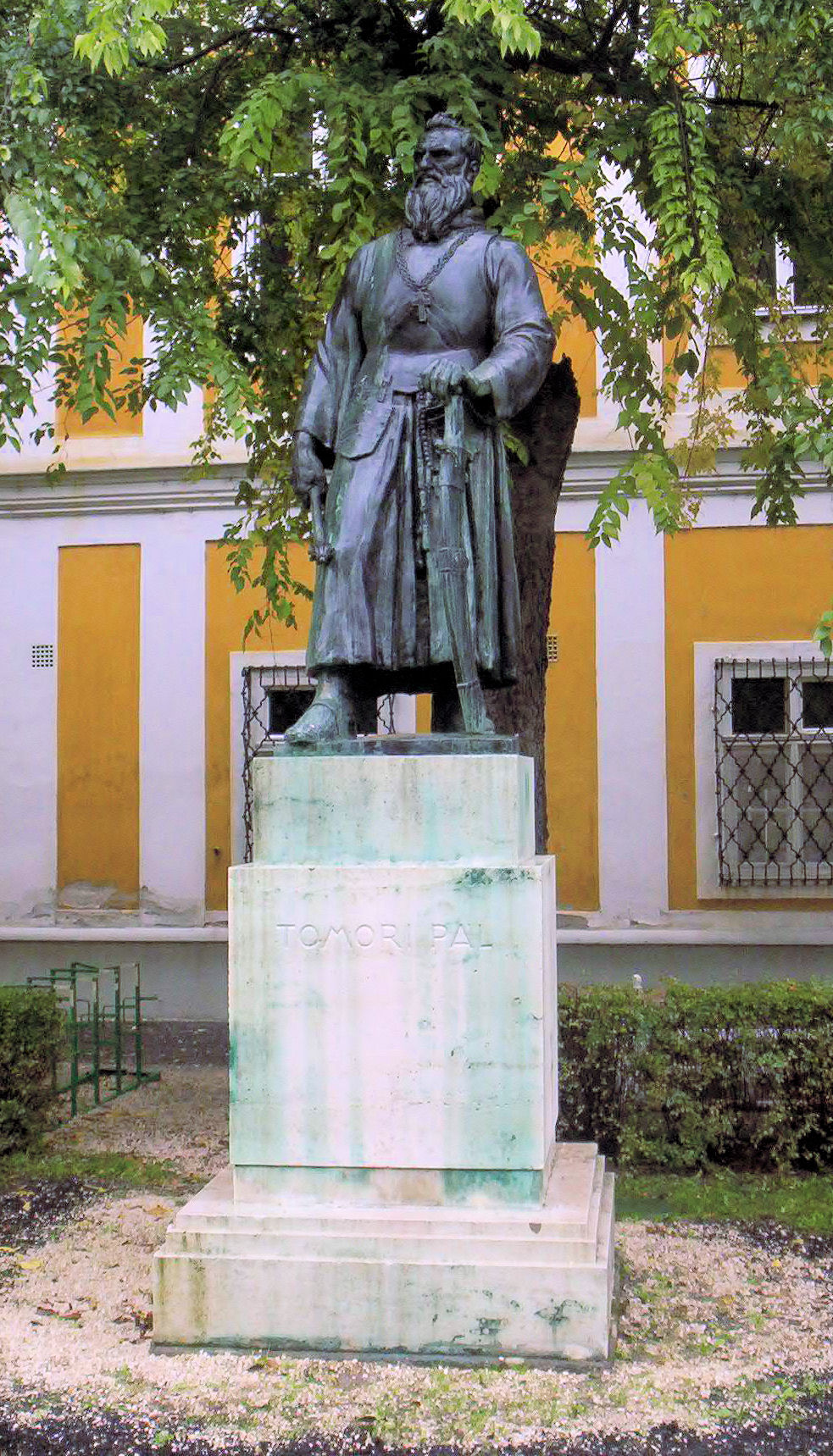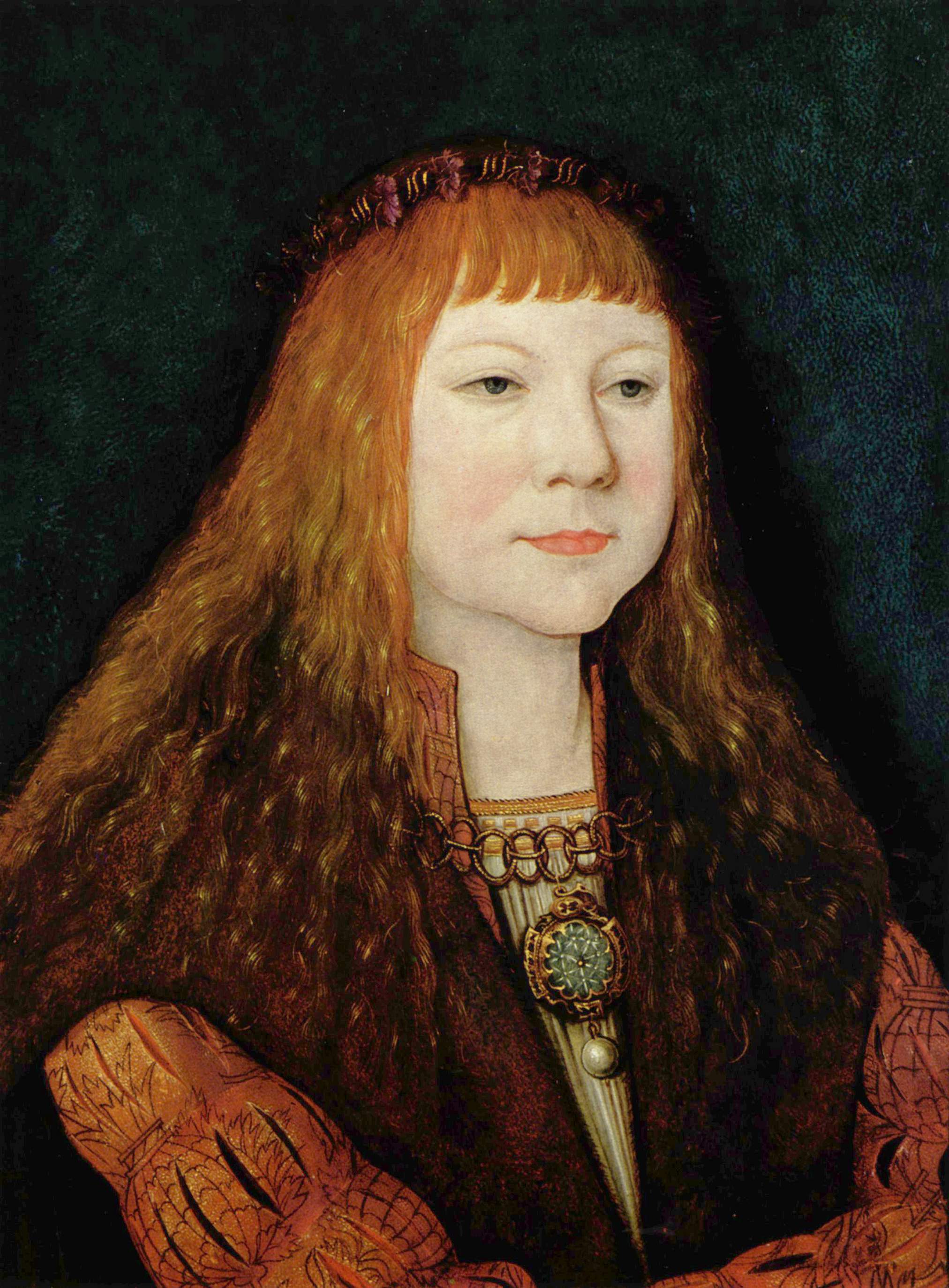|
Battle Of Mohács
The Battle of Mohács (; , ) took place on 29 August 1526 near Mohács, in the Kingdom of Hungary. It was fought between the forces of Hungary, led by King Louis II of Hungary, Louis II, and the invading Ottoman Empire, commanded by Suleiman the Magnificent and his grand vizier, Pargalı Ibrahim Pasha. The Ottomans achieved a decisive victory through superior planning, firepower, and a well-executed encirclement that overwhelmed the Hungarian forces. The Hungarian army, encouraged by the nobility to engage prematurely, launched a frontal assault that collapsed under coordinated Ottoman counterattacks. King Louis and much of the Hungarian aristocracy were killed, resulting in the destruction of the royal army and the end of the Jagiellonian dynasty in Hungary and Bohemia. The aftermath saw the partition of Hungary between the Ottoman Empire, the Habsburg monarchy, and the Eastern Hungarian Kingdom. The battle marked the beginning of sustained Ottoman–Habsburg wars and the ... [...More Info...] [...Related Items...] OR: [Wikipedia] [Google] [Baidu] |
Ottoman Wars In Europe
A series of military conflicts between the Ottoman Empire and various European states took place from the Late Middle Ages up through the early 20th century. The earliest conflicts began during the Byzantine–Ottoman wars, waged in Anatolia in the late 13th century before entering Europe in the mid-14th century with the Bulgarian–Ottoman wars. The mid-15th century saw the Serbian–Ottoman wars and the Albanian–Ottoman Wars (1432–1479), Albanian-Ottoman wars. Much of this period was characterized by the Rumelia, Ottoman expansion into the Balkans. The Ottoman Empire made further inroads into Central Europe in the 15th and 16th centuries, culminating in the peak of Ottoman territorial claims in Europe. The Ottoman–Venetian wars spanned four centuries, starting in 1423 and lasting until 1718. This period witnessed the Siege of Negroponte (1470), fall of Negroponte in 1470, the Great Siege of Malta, siege of Malta in 1565, the Siege of Famagusta, fall of Famagusta (Cyprus) ... [...More Info...] [...Related Items...] OR: [Wikipedia] [Google] [Baidu] |
Pál Tomori
Pál Tomori (c. 1475 – 29 August 1526) was a Catholic monk and archbishop of Kalocsa, Hungary. He defeated an Ottoman army near Sremska Mitrovica () in 1523. Pál Tomori was commander-in-chief of the Hungarian army several times, and in that capacity was killed in action during the battle of Mohács on the 29th of August 1526. Life Tomori was born into a common family in Abaúj County. He began his military career serving the noble family of János Bornemisza. In Transylvania he was a Curian clerk, treasury official, and ispán of the Salt Chamber. Tonorin was appointed steward of the castles in Fogaras (present-day Făgăraș) and Munkács (present-day Mukachevo) in 1505. In that capacity, he contributed to the suppression of the Szekler uprising that broke out due to a tax called the ox roasting in 1506. In February 1512 Tomori attended the Turkish court as Ulászló's ambassador. At the end of July 1514, during the Hungarian Peasant War of 1514 and after György Dóz ... [...More Info...] [...Related Items...] OR: [Wikipedia] [Google] [Baidu] |
Matthias Corvinus
Matthias Corvinus (; ; ; ; ; ) was King of Hungary and King of Croatia, Croatia from 1458 to 1490, as Matthias I. He is often given the epithet "the Just". After conducting several military campaigns, he was elected King of Bohemia in 1469 and adopted the title Duke of Austria in 1487. He was the son of John Hunyadi, Regent of Hungary, who died in 1456. In 1457, Matthias was imprisoned along with his older brother, Ladislaus Hunyadi, on the orders of King Ladislaus the Posthumous. Ladislaus Hunyadi was executed, causing a rebellion that forced King Ladislaus to flee Hungary. After the King died unexpectedly, Matthias's uncle Michael Szilágyi persuaded the Estates of the realm, Estates to unanimously proclaim the 14-year-old Matthias as king on 24 January 1458. He began his rule under his uncle's guardianship, but he took effective control of government within two weeks. As king, Matthias waged wars against the Czech mercenaries who dominated Upper Hungary (today parts of Slova ... [...More Info...] [...Related Items...] OR: [Wikipedia] [Google] [Baidu] |
Battle Of Mohács 1526
A battle is an occurrence of combat in warfare between opposing military units of any number or size. A war usually consists of multiple battles. In general, a battle is a military engagement that is well defined in duration, area, and force commitment. An engagement with only limited commitment between the forces and without decisive results is sometimes called a skirmish. The word "battle" can also be used infrequently to refer to an entire operational campaign, although this usage greatly diverges from its conventional or customary meaning. Generally, the word "battle" is used for such campaigns if referring to a protracted combat encounter in which either one or both of the combatants had the same methods, resources, and strategic objectives throughout the encounter. Some prominent examples of this would be the Battle of the Atlantic, Battle of Britain, and the Battle of France, all in World War II. Wars and military campaigns are guided by military strategy, whereas batt ... [...More Info...] [...Related Items...] OR: [Wikipedia] [Google] [Baidu] |
Ottoman–Habsburg Wars
The Ottoman–Habsburg wars were fought from the 16th to the 18th centuries between the Ottoman Empire and the Habsburg monarchy, which was at times supported by the Kingdom of Hungary, Polish–Lithuanian Commonwealth, Holy Roman Empire, The Holy Roman Empire, and Habsburg Spain. The wars were dominated by land campaigns in Hungary, including Transylvania (today in Romania) and Vojvodina (today in Serbia), Kingdom of Croatia (Habsburg), Croatia, and central Serbia. By the 16th century, the Ottomans had become a serious threat to European powers, with Ottoman ships sweeping away Republic of Venice, Venetian possessions in the Aegean Sea, Aegean and Ionian Sea, Ionian seas and Ottoman-supported Barbary pirates seizing Spanish possessions in the Maghreb. The Protestant Reformation, French–Habsburg rivalry and the numerous civil conflicts of the Holy Roman Empire distracted Christians from their conflict with the Ottomans. Meanwhile, the Ottomans had to contend with Safavid Iran ... [...More Info...] [...Related Items...] OR: [Wikipedia] [Google] [Baidu] |
Eastern Hungarian Kingdom
The Eastern Hungarian Kingdom ( ) is a modern term coined by some historians to designate the realm of John Zápolya and his son John Sigismund Zápolya, who contested the claims of the House of Habsburg to rule the Kingdom of Hungary from 1526 to 1570. The Zápolyas ruled over an eastern part of Hungary, and the Habsburg kings (Ferdinand I, Holy Roman Emperor, Ferdinand and Maximilian II, Holy Roman Emperor, Maximilian) ruled the west. The Habsburgs tried several times to unite all Hungary under their rule, but the Ottoman Empire prevented that by supporting the Eastern Hungarian Kingdom.Robert John Weston Evans, T. V. Thomas. ''Crown, Church and Estates: Central European politics in the sixteenth and seventeenth centuries'', Macmillan, 1991, pp. 80–81 The exact extent of the Zápolya realm was never settled because both the Habsburgs and the Zápolyas claimed the whole kingdom. A temporary territorial division was made in the Treaty of Nagyvárad in 1538. The Eastern Hungari ... [...More Info...] [...Related Items...] OR: [Wikipedia] [Google] [Baidu] |
Habsburg Monarchy
The Habsburg monarchy, also known as Habsburg Empire, or Habsburg Realm (), was the collection of empires, kingdoms, duchies, counties and other polities (composite monarchy) that were ruled by the House of Habsburg. From the 18th century it is also referred to as the Austrian monarchy, the Austrian Empire () or the Danubian monarchy. The history of the Habsburg monarchy can be traced back to the election of Rudolf I of Germany, Rudolf I as King of the Romans, King of Germany in 1273 and his acquisition of the Duchy of Austria for the Habsburgs in 1282. In 1482, Maximilian I, Holy Roman Emperor, Maximilian I acquired the Habsburg Netherlands, Netherlands through marriage. Both realms passed to his grandson and successor, Charles V, Holy Roman Emperor, Charles V, who also inherited the Monarchy of Spain, Spanish throne and Spanish Empire, its colonial possessions, and thus came to rule the Habsburg empire at its greatest territorial extent. The abdication of Charles V in 1556 led ... [...More Info...] [...Related Items...] OR: [Wikipedia] [Google] [Baidu] |
Jagiellonian Dynasty
The Jagiellonian ( ) or Jagellonian dynasty ( ; ; ), otherwise the Jagiellon dynasty (), the House of Jagiellon (), or simply the Jagiellons (; ; ), was the name assumed by a cadet branch of the Lithuanian ducal dynasty of Gediminids upon reception by Jogaila, the Grand Duke of Lithuania, of baptism as Ladislaus in 1386, which paved the way to his ensuing marriage to the Queen Regnant Hedwig of Poland, resulting in his ascension to the Crown of the Kingdom of Poland as Ladislaus II Jagiełło (initially ruling ''jure uxoris'' jointly with Jadwiga until her death), and the effective promotion of his branch to a royal dynasty. The Jagiellons were polyglots and per historical evidence Casimir IV Jagiellon and his son Saint Casimir possibly were the last Jagiellons who spoke in their patrilineality, patrilineal ancestors' Lithuanian language; however, even the last patrilineal Jagiellonian monarch Sigismund II Augustus maintained two separate and equally lavish Lithuanian-speaking an ... [...More Info...] [...Related Items...] OR: [Wikipedia] [Google] [Baidu] |
Grand Vizier
Grand vizier (; ; ) was the title of the effective head of government of many sovereign states in the Islamic world. It was first held by officials in the later Abbasid Caliphate. It was then held in the Ottoman Empire, the Mughal Empire, the Sokoto Caliphate, the Safavid dynasty, Safavid Empire and Morocco, Cherifian Empire of Morocco. In the Ottoman Empire, the grand vizier held the imperial seal and could convene all other viziers to attend to affairs of the state; the viziers in conference were called "''Kubbealtı'' viziers" in reference to their meeting place, the ''Kubbealtı'' ('under the dome') in Topkapı Palace. His offices were located at the Sublime Porte. Today, the Prime Minister of Pakistan is referred to in Urdu as ''Wazir-e-azam'', which translates literally to grand vizier. Initially, the grand viziers were exclusively of Turk origin in the Ottoman Empire. However, after there were troubles between the Turkish grand vizier Çandarlı Halil Pasha the Younger and S ... [...More Info...] [...Related Items...] OR: [Wikipedia] [Google] [Baidu] |
Louis II Of Hungary
Louis II (; ; ; ; 1 July 1506 – 29 August 1526) was King of Hungary, King of Croatia, Croatia and King of Bohemia, Bohemia from 1516 to 1526. He died during the Battle of Mohács fighting the Ottoman Empire, Ottomans, whose victory led to the Ottoman Ottoman Hungary, annexation of large parts of Hungary. Early life At his premature birth in Buda on 1 July 1506, the court doctors kept him alive by slaying animals and wrapping him in their warm carcasses as a primitive incubator. He was the only son of Vladislaus II of Hungary, Vladislaus II Jagiellon dynasty, Jagiellon and his third wife, Anne of Foix-Candale. Coronation Vladislaus II took steps to ensure a smooth succession by arranging for the boy to be crowned in his own lifetime; the coronation of Louis as king of Hungary took place on 4 June 1508 in Székesfehérvár Basilica, and his coronation as king of Bohemia was held on 11 March 1509 in St. Vitus Cathedral in Prague. King of Hungary and Croatia In 1515 Louis II w ... [...More Info...] [...Related Items...] OR: [Wikipedia] [Google] [Baidu] |
Radič Božić
Radič Božić (, ; floruit, fl. 1502 – September 1528) was titular Despot of Serbia, from 1527 until his death in September 1528. He was one of the most notable military commanders among Serbian nobility in the Eastern Hungarian Kingdom, and fought against the Ottoman Empire in several battles, most notably the Battle of Mohács. Life By the end of the 15th century, he left History of Ottoman Serbia, Ottoman-occupied Serbia for Hungary, and received the towns of Şoimoş, Solymos and Lipova, Arad, Lippa by Hungarian king. He was part of the Hungarian-Serbian army that crossed into Serbia and Bulgaria in 1502 and burnt the Ottoman bases at Braničevo (region), Braničevo, Kladovo, Vidin and Nikopol, Bulgaria, Nikopol. In 1522, shortly after the Siege of Belgrade (1521), he became the commander of a flotilla, with 500 Chaika (boat), chaiki. Together with Pál Tomori he defeated the Bosnian pasha Ferhat at Manđelos in Syrmia, on August 12, 1523. Although he already was elderly ... [...More Info...] [...Related Items...] OR: [Wikipedia] [Google] [Baidu] |







